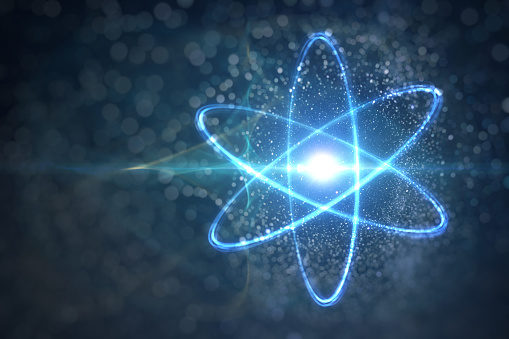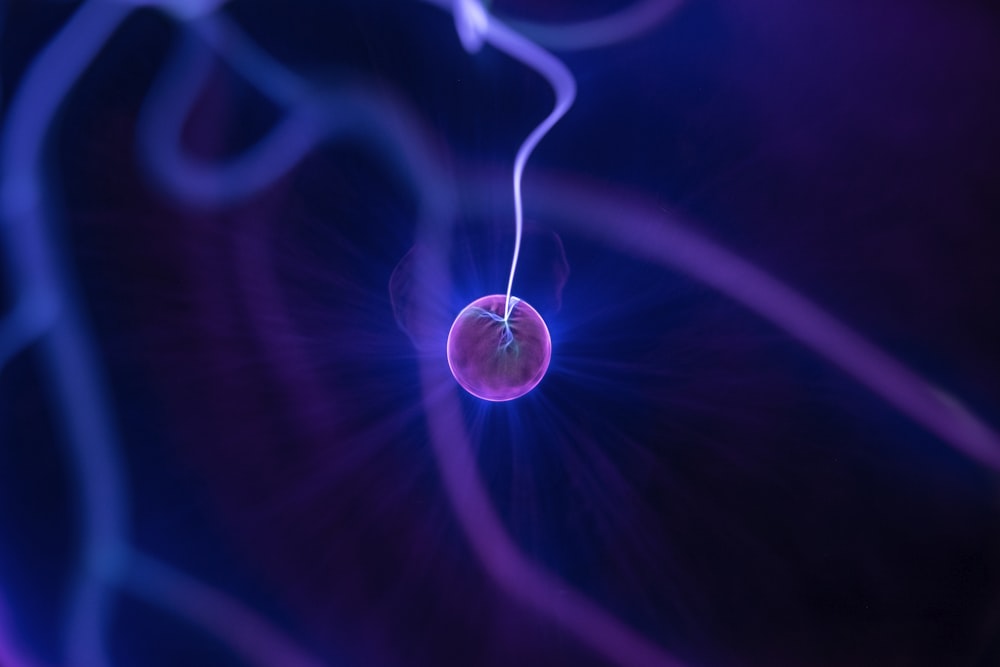Quantum Realm: Mind-boggling things you should know
Quantum realm over time has attracted attention of not only scientists but makers of science fiction movies. This is interesting place to explore and know about. Join us in this article to discover the quantum realm.
The world of quantum is lumpy: quantum realm
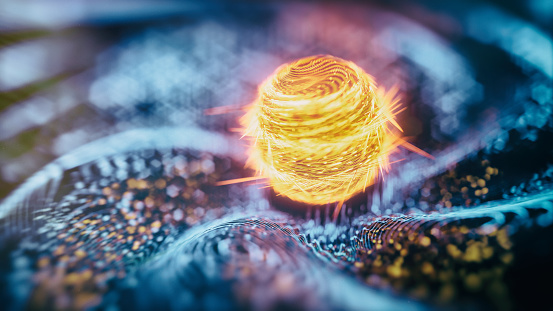
IMAGE CREDITS: istockphoto.com
There are many parallels between the quantum world and shoes. You can’t just walk into a store and choose a pair of sneakers that perfectly fit your feet. You are compelled to pick from pairs that have fixed sizes.
The world of the atom is comparable. For demonstrating that energy is quantized, Albert Einstein was awarded the Nobel Prize. Similar to how shoes can only be bought in multiples of half a size, energy is only available in multiples of the same “quanta.”. The quanta in question is the Planck constant, so called in honor of quantum physicist Max Planck. He was attempting to resolve an issue with our comprehension of the sun and other hot objects.
Both wave and particle: quantum realm
Since J. J. Thomson discovered that electrons are particles, he was awarded the Nobel Prize in 1906. The discovery that electrons are waves, however, earned his son George the 1937 Nobel Prize. Who was correct? The two of them are the solution. The foundation of quantum physics is what is known as the wave-particle duality. Both electrons and photons are affected by it. Thoughts of light as electromagnetic waves are sometimes advantageous; it is sometimes more beneficial to consider them as tiny particles known as photons.
In addition to focusing light waves from far-off stars, a telescope also serves as a massive light bucket for photon collection. It also implies that light can apply pressure on an item as photons collide with it.
An object; two places; same time
Superposition is demonstrated by wave-particle duality. It is a quantum object that exists in several states at once. For instance, an electron exists concurrently in both locations. Only after we conduct an experiment to determine its location does it settle into one or the other.
As a result, probability science is created out of quantum physics. After we look, we can only speculate as to which condition an object is most likely to be in. A mathematical concept known as the wave function has these chances. The wave function is said to “collapse” when an observation is made, eradicating the superposition and reducing the object to just one of its many potential states.
Into the multiverse: quantum realm
IMAGE CREDITS: Unsplash.com
The Copenhagen interpretation of quantum physics holds that observation causes the wave function to collapse and compels a quantum ‘choice. It’s not the only choice available, though. According to proponents of the “many worlds” interpretation, there is absolutely no decision to be made. Instead, reality splits into two versions of itself at the point of measurement, one in which we experience outcome A and the other in which we observe outcome B come to pass. It avoids the tricky question of whether a dog or a robot counts as an observer when something needs to happen.
Instead, there is just one extremely bizarre reality made up of numerous entangled layers as far as a quantum particle is concerned.
Characterizing stars: quantum realm
Niels Bohr, a Danish physicist, demonstrated to us that electron orbits within atoms are likewise quantized. They are available in fixed dimensions known as energy levels. A photon with an energy equal to the width of the gap is released when an electron jumps from a higher energy level to a lower energy level. A particle of light can also be absorbed by an electron, which can then harness that energy to advance to a higher energy state.
Quantum tunnelling
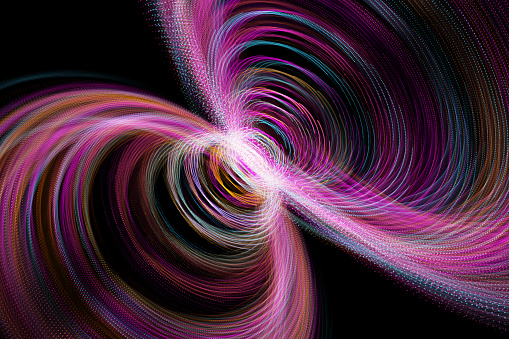
IMAGE CREDITS: istockphoto.com
Nuclear fusion is the method used by the sun to produce energy. The positively charged protons in an atom must cling together for this to occur. Yet, they repel one another due to their equal charges, acting similarly to the two north poles of a magnet. It resembles a wall between the two protons and is known as the Coulomb barrier in physics.
Consider protons as particles that just slam into the wall before dispersing: No fusion, no sun. Nevertheless, if you consider them as waves, the situation changes. The leading edge of the wave has already passed through when the wall is reached by its crest.
Where the proton is most likely to be is represented by the height of the wave. In light of this, even though it is improbable to be present there, it occasionally is. Fusion takes place as if the proton has broken through the barrier. Physicists call this effect “quantum tunnelling”.
Pauli exclusion principle: quantum realm
Our star will eventually stop fusing fuel, and the sun will cease to exist. Gravity will eventually cause the sun to collapse, but not permanently. As it gets smaller, more material is crammed inside. Eventually, the quantum physics concept known as the Pauli exclusion principle comes into play. According to this, some particle types, like electrons, are not permitted to dwell in the same quantum state. Degeneracy pressure is the name given by astronomers to the resistance that gravity encounters when attempting to do just that. Once the collapse is over, a brand-new white dwarf, an object the size of Earth, appears.
Boundary of a black hole: quantum realm
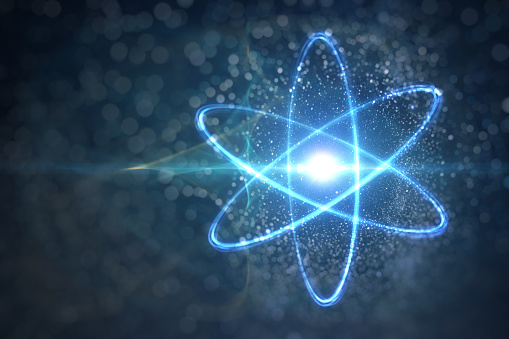
IMAGE CREDITS: istockphoto.com
It is impossible to concurrently fully understand two properties of a system, according to the Heisenberg uncertainty principle, a quantum law. The more clearly you understand one, the less precisely you understand the other. This holds true for both momentum and position as well as for energy and time individually.
It resembles getting a loan in certain ways. You can borrow a lot of money for a brief period of time or a little money for a longer period of time. Virtual particles are the result of this. A pair of particles can momentarily form if sufficient energy is “borrowed” from nature, then vanish quickly so as not to miss payments.
USEFUL LINKS:
Explore the quantum realm more:
10 things to know about the quantum
Know about aliens and exoplanets:
Exoplanets that could host alien life
Check out some unanswered questions in Physics:
Biggest unanswered questions in Physics

